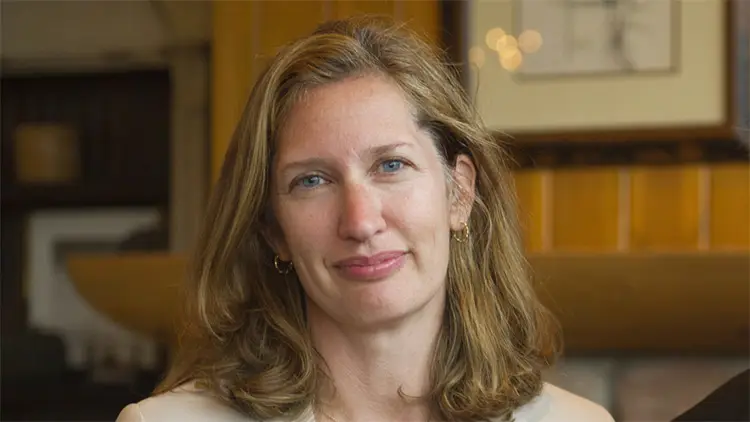Today, to mark our 25th anniversary, the Center on Reinventing Public Education is releasing Thinking Forward: New Ideas for a New Era of Public Education. This volume of essays rethinks foundational aspects of the current education system, from funding to accountability to equity, with an eye toward preparing every student for the future.
Our goal is not to propose what the education system of the future ought to look like, but to question past assumptions, look for gaps in existing education policies and reforms, and offer provocative new ideas to address them, without losing sight of the core principles that have informed our work for the past quarter-century—which we believe remain as true as ever.
We do not reach these ideas lightly. For 25 years we have studied school improvement efforts across America. The ideas that emerged from this body of work provide a foundation on which our future work will rest. Educators still need autonomy to operate coherent schools that respond to community needs. Families still need choices in how their children are educated. And leaders must ensure school systems are built with principles of equal access and public accountability at the forefront.
However, in our recent work, we have seen school systems struggle to innovate. We have found obstacles to making these innovations accessible to all students—especially those students who are least well-served by the system that currently exists. We see some of the nation’s most forward-looking school systems hitting performance plateaus. And we see new challenges ahead: preparing students for an era of rapid and far-reaching technological change, maintaining social cohesion in an increasingly turbulent political climate, and meeting the demands of a job market that will likely reward more advanced education and access to lifelong learning opportunities for a broader cross-section of today’s graduates.
These realities shape the thinking behind this volume. Included in the essays:
- Travis Pillow and I explore how a system built to meet the needs of “square peg” students—high-achieving, low-income students, English language learners, homeless students, children in foster care, and “twice exceptional learners” who have extraordinary gifts in some areas and require support in others—could develop more leaders and innovators, as well as improve teaching and learning for all students.
- Georgia Heyward, Tom Coyne, and I argue systemic change, not improvements to existing career and technical education programs, will be required to give students access to meaningful pathways to college preparation and career training.
- Betheny Gross describes how a more organic, crowdsourced approach to engaging the community could help deliver more agile and responsive wraparound services and out-of-school learning opportunities for students.
- Michael DeArmond argues that the daunting demands teachers face to nurture soft skills, personalize learning opportunities, and prepare students for lifelong learning will require new models that expand and differentiate teaching roles to a far greater degree.
- With an eye toward equity, Ashley Jochim examines the implications of a more customized, agile system for the students who have historically lacked full access to learning opportunities in and out of school.
- Paul Hill lays out a theory of integrated “light governance” of local schools, colleges, learning pathways, and special courses, based primarily on providing information, but with some power to remedy abuses.
- Pillow and Hill explore what it would take to ensure that personalized and weighted funding follows students across multiple learning experiences to meet the needs of all students, and what infrastructure would be necessary to make these arrangements work.
The essays consider ways to unbundle learning so that every student can access customized pathways to college and career. But what really sets them apart from the work of others is that we also focus on the rebundling: elevating concerns about social mobility, opportunity for the disadvantaged, educational coherence, and safeguards for the public interest that have always been a part of the unique lens through which CRPE views the future of public education. In essence, we are pushing ourselves and others to consider how communities can develop diverse sets of student pathways and learning opportunities, not just diverse sets of schools.
These ideas are meant to be big, but we also lay out a tangible set of design and policy steps that can help move things forward in small but important ways.
We consider this the beginning of a conversation, and we invite you all to join us in thinking forward by sharing your thoughts with us directly or on social media via #CRPE25.





